You will be regularly provided with tips and tricks for your training here. We hope you enjoy reading and have fun putting them into practice.
Blog posts
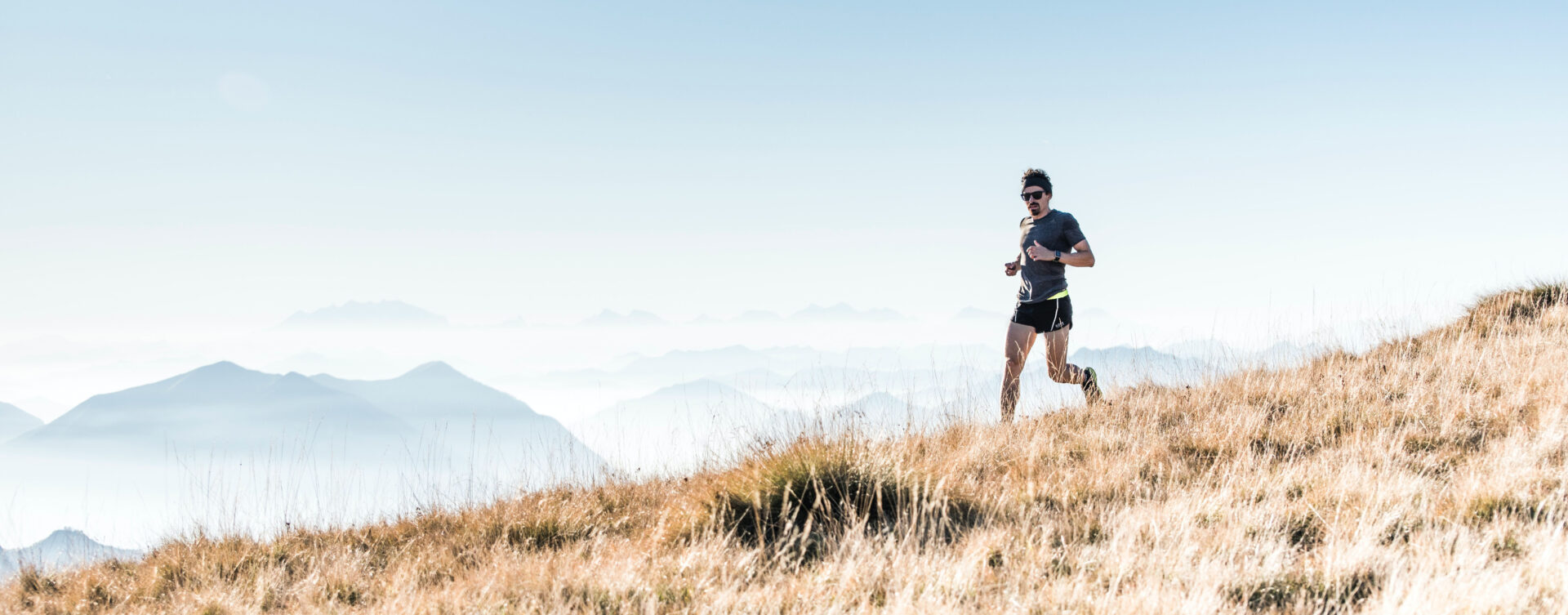
Tips for your winter training
It's cold, wet and dark outside. But that's no reason to spend the winter on the sofa and succumb to the winter blues. With these tips, you'll put your inner weaker self to flight.
At sub-zero temperatures in the midlands, there is usually no need to worry about your airways. From -10 degrees, however, it becomes unpleasant and not without danger. Warm up slowly at low temperatures, then increase your pace only slightly and, above all, adapt it to the surface. On cold days, breathe preferably through your nose so that the air reaches your bronchial tubes warmed and filtered. However, this only works if you are not running too fast.
Don't stretch out your training sessions for too long, as your body tends to cool down in winter, even with functional clothing. 45 minutes is a good dose for most amateur athletes. If you still want to step on the gas at the end: climbing stairs is the ideal way to train the interaction of your strongest muscle groups. The gluteus maximus and thigh muscles stretch our hip and knee joints when climbing stairs. Our calf muscles ensure a firm foot strike from the thigh to the tip of the foot. Take two steps at once with an active foot strike and active arm swing. Make sure you have a stable torso and control your balance. All you need is a staircase. Ideally, you should practise 3 - 5 rounds of 30 - 60 steps with a rewarding break in between.
Several, breathable layers of clothing are the ideal prerequisite for winter training. Work with the tried and tested onion principle. The bottom layer consists of breathable underwear, followed by a breathable mid-layer. The top layer is a water and wind-repellent jacket. But don't dress too warmly. A slight chill when you come out of the house is ideal. This will pass after a few minutes of exercise. The onion principle helps to transport sweat away from the body and keeps you warmer for longer. In addition, the air between the layers acts as an insulation system.
The body loses a lot of heat and energy through the head. Therefore: wear a hat.
A tube scarf over your nose/mouth helps if you find the cold air unpleasant. Breathe preferably through your nose on cold days so that the air reaches the bronchial tubes warmed and filtered.
Running shoes with non-slip soles are always preferable. In other words, so-called trail shoes that also have good grip on snow or mud. If you don't want to buy a new pair, use "snow chains". The top of the shoe should be waterproof with a water-repellent membrane such as Gore-Tex.
Slim and fit through the Christmas season
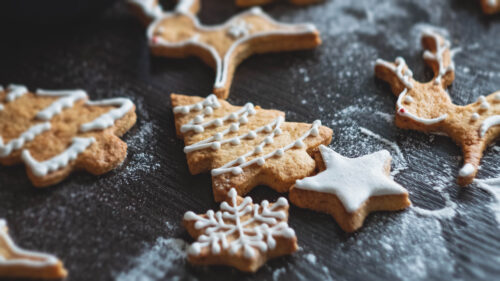
The days leading up to Christmas usually always invite you to feast, not only at Christmas aperitifs and business lunches, but also the cravings for fresh brownies, spitzbuben and cinnamon stars - and with them a guilty conscience when the biscuits suddenly run out. Arm yourself with these 5 tricks and get through the Christmas season in good shape:
As the host, you are in control of what the feast looks like. Go for a figure-friendly starter such as a soup or a large salad, preferably with eggs and roasted nuts. For the main course, serve a large selection of colorful vegetables (red, white, cauliflower, Brussels sprouts, broccoli, etc.) and a large side dish of protein such as a delicious Swiss chicken breast. Because if you eat enough protein, you will fill up faster. Choose small plates and deliberately small portions for the main course. You can always scoop up more. And for dessert, an orange salad with chopped dates is ideal. Of course, a biscuit or two is also a must...
As a guest, it's best to be uncomplicated and eat what's on the table. Unless you suffer from an intolerance (...then be sure to tell the host beforehand). Drink a large glass of water before the first course to reduce your hunger. Always opt for tap water or mineral water instead of sweet drinks. This will help you cope better with a heavier meal. Or how about skipping a meal on Christmas Day? Ideally, you should have breakfast around midday so that you can manage without food until the evening. Scrambled eggs with a large portion of vegetables are very filling. And by the way: try to eat as slowly as possible, as the feeling of fullness usually only comes after 20 minutes.
Take me: the small and large temptations of delicacies such as brownies, spitzbuben and cinnamon stars smell too good to leave untouched. But they quickly accumulate a little bit of waistline gold or, to put it more directly, some (Christmas) fat. Yes, Christmas cookies are simply a must. But how about at least a healthy alternative? Homemade Christmas nuts are ideal for this: Roast your favorite nuts (whether almonds, hazelnuts macadamias,...) in the oven for 20-30min (110°), salt them lightly and add some cinnamon. Simply delicious! And the best thing is: you can easily double up.
Running is the best weapon for literally running off those extra pounds, increasing your energy consumption and melting away your love handles. Brisk walking, Nordic walking, cycling (beware of icy roads), cross-country skiing or dancing in the parlor also have a preventive effect. The ideal complement to endurance sports is strength gymnastics. Endurance sports stimulate the burning of fat and strength gymnastics promotes muscle building. It is particularly effective when large muscle groups are activated by strength gymnastics: Front and back thighs, glutes and upper arms. This allows you to build muscle with relatively little time. If you build up 500g of muscle through training, you burn an additional 50-100 kilocalories - every day! We then constantly consume more energy, regardless of whether we are moving or sleeping. Practical, isn't it?
... or you don't feel like running? What's wrong with giving your body a little exercise during the holidays - perhaps even a little more than usual in everyday life? After all, we all eat more than usual at Christmas and have more time on our hands at the same time. Only through physical activity does your body have the chance to burn off the excess calories immediately. So no time for running is no excuse!
Sports nutrition: Eat yourself fit!
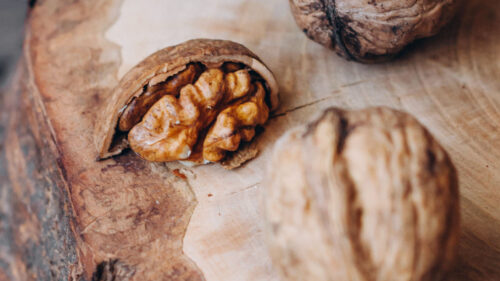
Wondering how to get the most out of your training? Find out the most important tips & tricks for your future running career!
#1: Who needs it?
Who needs special sports nutrition at all? Even if the opposite is often suggested, especially by the food industry, many athletes definitely do not need special sports nutrition in their everyday lives. The Swiss Sports Nutrition Society, for example, clearly states: "Sports nutrition starts at around 5 hours of training per week. Do you jog 2-4 times a week? Then you have no additional requirement and can continue to eat as before.
#2: During training
Unless you're preparing for a marathon, you won't need to eat anything on your jog. Thanks to your carbohydrate stores, you can easily run for an hour and a half without eating. So don't carry any food with you on your jogging lap. Ideally, in warm temperatures, you should choose a jogging route that takes you past a fountain with water - that will last you a long time.
#3: After training
Ideally, you should not consume anything at all after training, apart from water. In particular, consuming carbohydrates in the first hour after training has been proven to reduce training progress. So if you want to get the maximum benefit from your training, drink only water after your workout. This is because eating carbohydrates directly after training changes your hormonal metabolism. For example, insulin is released and this inhibits fat burning, among other things.
#4: Fat burning
What was that again about burning fat? If you train specifically to burn fat, you will save carbohydrates from the very first meter and therefore have a few grains left over at the end. With targeted training, you can increase the maximum amount of fat you burn per minute by two to three times. But how? Incorporate slow long runs and fasting workouts. In concrete terms, this means: run in the morning without breakfast and only drink water beforehand. This will take some getting used to at first, but progress will come quickly. Are you wondering whether you burn more calories when you train faster? Yes, that is true. However, you are then mainly burning carbohydrates and therefore training your carbohydrate metabolism.
#5: Fit with fat
If you eat fat, do you get fat? That depends on which fat you consume. Correct, trans fats have been proven to be harmful to cardiovascular health. These often artificially hydrogenated fats are often used in fast food dishes, for deep-frying and in baked goods - so certainly not ideal. But what was that again about good fats? We often don't eat too much of them, but too little - precisely because we are afraid of getting fat from them. Good fats include omega-3 fats, for example, which you can find in oily fish such as salmon and trout, but also in linseed or chia seeds. According to Aune et. al (2016), people who eat high-fat nuts (e.g. hazelnuts, tree nuts, macadamia or pecan nuts) do not get fat, but rather stay slim and reduce their risk of cancer by 15% and the risk of cardiovascular disease by almost 30%. And high-quality olive oil can even slow down the ageing process. A study also showed that olive oil lovers have a lower risk of breast cancer by around 80% compared to women with the lowest consumption (Toledo et al. 2015). So in future, dress your salad with plenty of olive oil and lightly roasted nuts! Fats are also excellent flavor carriers and keep you full for longer, which in turn satisfies cravings for sweets.
Interviews / Media articles
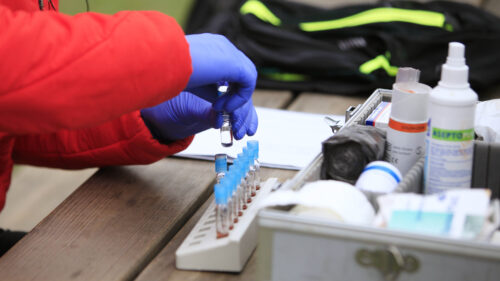
Dr. Thomas Wessinghage on the importance of a lactate level test: Interview or Drugstore star 03/19
Running without shoes is the most natural way to get around and a good workout for muscles and joints. Running expert Markus Ryffel tells us what you should still look out for.
Download article
(sonntagszeitung.ch | June 25, 2023)
